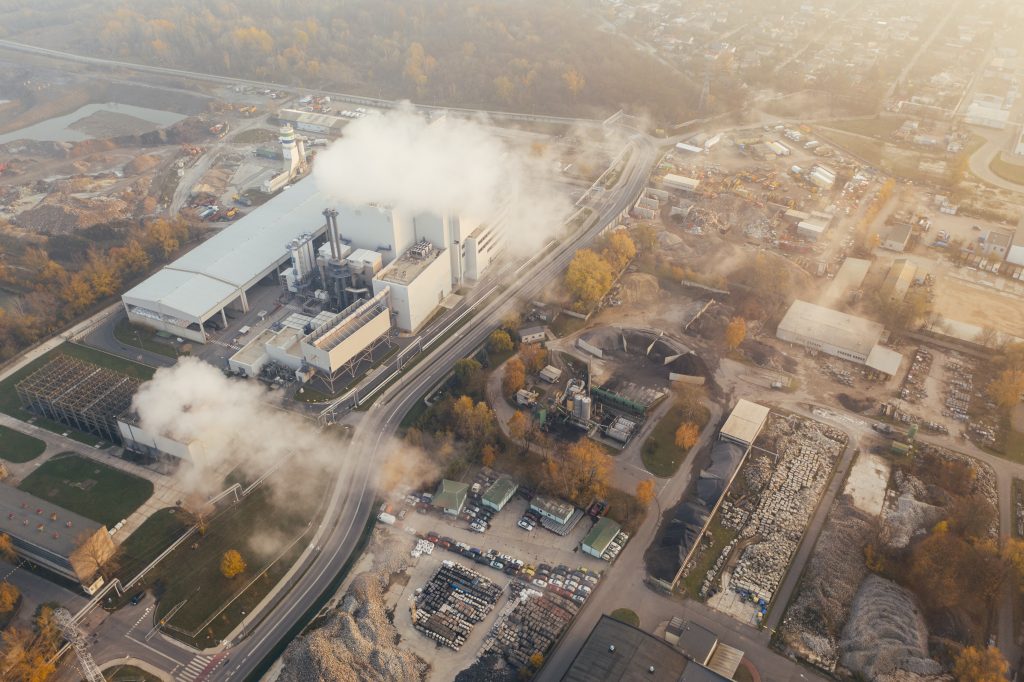Don't miss our holiday offer - 20% OFF!

Read also : Environmental Protection through Sensor Technology
In this modern era of advanced technology, the role of environmental sensor technology in assisting social services has become increasingly crucial. These sensors have become vital tools for social services in monitoring and responding to environmental threats that may endanger their beneficiaries. This article will discuss how environmental sensor technology operates and how it supports social services in ensuring the safety and well-being of the communities they serve.
Contents
Environmental Sensor Technology
Environmental sensors are specialized devices designed to detect various environmental parameters, ranging from air quality to temperature and humidity. Here are some ways this sensor technology supports social services:
Air Quality Monitoring

Read also : How Air Quality Sensors in Buildings
Environmental sensors enable social services to monitor real-time air quality in their service areas. This is a critical aspect of protecting beneficiaries from air pollution threats.
Temperature and Humidity Monitoring

Read also : Temperature and Humidity Sensors in Comfort of Smart Cities
In extreme weather conditions, such as heatwaves or extremely cold winters, environmental sensors help social services monitor temperature and humidity to ensure the comfort and safety of beneficiaries.
Water Quality and Water Resource Monitoring

Read also : Water Sensor Technology for Flood Monitoring: How These Sensors Work to Predict and Prevent Flood Disasters
Environmental sensors are also used to monitor water quality and the availability of clean water resources. This information is essential for preventing water-related diseases and ensuring sustainable water resource management.
Sound and Vibration Monitoring

Read also : Optimizing Energy and Resource Usage in the Office Environment with Smart Technology
Environmental sensors can detect unusual sounds and vibrations, such as explosions or earthquake tremors. This information helps social services respond to disasters or other emergency situations.
Weather Sensors

Read also : Weather Sensors Controlling External Weather Factors
Weather sensors monitor weather variables such as temperature, humidity, wind speed, and air pressure. This data helps social services plan and respond to natural disasters like floods and storms.
Conclusion
Environmental sensor technology is a valuable tool in supporting social services in monitoring and responding to environmental threats. With the information provided by these sensors, social services can enhance their services, protect beneficiaries, and provide faster responses to emergency situations. Environmental sensor technology continues to evolve, and its role in ensuring the safety and well-being of communities will remain key in creating a safer and more responsive society to environmental changes.





